Full-size pickups and three-row SUVs serve their purpose, but sometimes what you really need is a car that’s practical for your daily commute, getting you to work in the morning and back home in the evening. A good commuter car should be easy to park in tight spaces and offer strong fuel efficiency.
Since you’ll likely spend a lot of time in this car each week, it’s important that it also has a user-friendly infotainment system and a comfortable driver’s seat. And, of course, the price should be reasonable enough that it doesn’t require taking on extra work just to afford it.
While this may sound like a lot to ask for, we’ve gathered more than a dozen cars that check these boxes, including a few entry-level luxury options.
We’ve also taken into account whether these cars are spacious enough for adults in the back seats, useful for those of you who might be handling carpool duties. Additionally, we’ve assessed the cargo space to ensure it can handle backpacks, briefcases, and other essentials.
Here are some examples of cars that are ideal for daily driving:
2025 Toyota Prius
The 2025 Toyota Prius, priced at $27,950 with a U.S. News Overall Score of 8.8/10, has long been a go-to option for commuters, thanks in large part to its impressive fuel economy.
The base model delivers an outstanding 57 mpg in the city and 56 mpg on the highway, making it one of the most fuel-efficient hybrids on the market. The Prius has also overcome its previous reputation for being slow, now offering its most powerful powertrain to date.
Inside, the cabin is built to handle daily driving and is easy to clean, though its design is fairly basic. For those commuting alone or with one passenger, the front seats offer plenty of room and support. However, the rear seats may feel cramped, especially for adults.
On the safety front, the Prius is equipped with a long list of standard features designed to make driving easier, such as adaptive cruise control and lane-keeping assist.
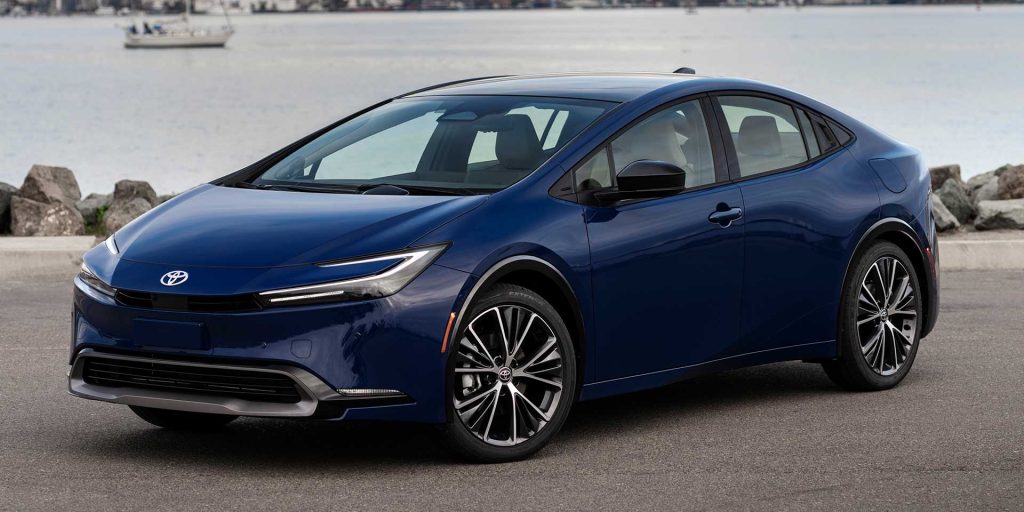
The Prius is equipped with a 2.0-liter inline-four gasoline engine, which is sourced from the Corolla Cross hybrid crossover. This engine is paired with a continuously variable automatic transmission (CVT) and supported by two electric motors.
Standard models are front-wheel drive, generating 194 horsepower. For all-wheel-drive versions, Toyota includes a permanent-magnet electric motor on the rear axle, increasing the total powertrain output to 196 horsepower.
As a result, the Prius now offers sufficient power to both perform efficiently and provide an enjoyable driving experience.
The updated Prius also benefits from larger front and rear brakes, allowing it to stop more quickly from 70 mph compared to its predecessor. The new Prius achieves a stopping distance of just 171 feet, an improvement over the previous model’s 194 feet, based on previous test results.
Also Read: 10 Best V6 Sports Cars That Don’t Sacrifice Reliability
2025 Honda Ridgeline
The 2025 Honda Ridgeline, priced at $40,150 with a U.S. News Overall Score of 9.0/10, may not be the first vehicle that comes to mind when you think of a commuter car, but it drives more like a family SUV than a traditional worksite pickup.
The ride is smooth and comfortable, making it easy to maneuver into tight parking spaces, such as the last spot in a parking garage.
Inside, the upscale design enhances the daily driving experience, and the 5-foot-4-inch bed is perfect for weekend trips to the garden center. The rear seats offer ample space for adults, a rarity in this segment, ensuring a comfortable ride for passengers.
Standard features include a 9-inch touch screen with wireless smartphone connectivity, adaptive cruise control, and tri-zone climate control. Additionally, the options list offers upgrades like navigation and a moonroof, further enhancing the Ridgeline’s appeal.
Rather than trying to compete with traditional body-on-frame trucks in the midsize segment, the 2025 Honda Ridgeline sticks to its well-rounded approach, carrying over unchanged into the new model year.

In 2024, Honda refreshed several aspects of the Ridgeline’s interior, incorporated more advanced technology, and introduced a new off-road-oriented TrailSport trim.
The Ridgeline stands out from its competitors—such as the Chevrolet Colorado, Ford Ranger, and Toyota Tacoma—thanks to its unibody construction, challenging conventional design norms.
Don’t pay attention to the critics—the Honda Ridgeline offers plenty of value. Its unibody design and fully independent suspension make it easier and more enjoyable to drive compared to typical body-on-frame trucks.
A powerful V-6 engine ensures swift acceleration, although its towing capabilities fall short when compared to the Chevrolet Colorado, Ford Ranger, and Toyota Tacoma.
While the Ridgeline’s five-foot bed is relatively modest in size, it includes a roomy underfloor storage compartment that also doubles as an ice chest, along with a two-way tailgate.
The 2024 updates—such as larger screens, wireless mobile device mirroring, and more center console storage—have significantly improved the interior’s overall comfort.
Based on our experience with the 2024 Honda Passport TrailSport, we don’t expect the Ridgeline’s toughest version to offer groundbreaking off-road performance.
However, the inclusion of upgraded tires, a suspension lift and tuning, and underbody protection among other enhancements should make light off-roading more manageable.
2025 Hyundai Kona
The 2025 Hyundai Kona, priced at $24,350 with a U.S. News Overall Score of 8.8/10, stands out in its highly competitive class. It offers plenty of room for both passengers and cargo, making it an excellent choice for daily commutes or weekend trips with friends.
The cargo area is one of the largest in its category, and it can be easily adjusted to provide a flat floor, including when the rear seats are folded down, or a cargo well for securing items.
Standard features include a 12.3-inch touch screen and a digital driver display. Additionally, it offers wireless smartphone connectivity and four USB ports — two in the front and two for rear-seat passengers. The Kona also provides solid fuel economy, with the base engine achieving up to 35 mpg on the highway.
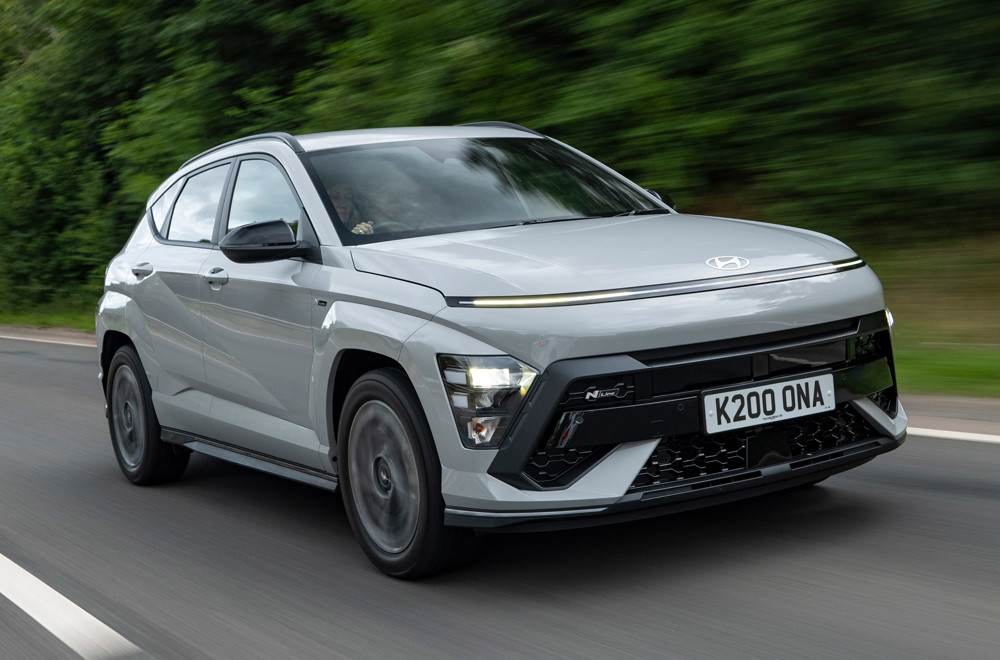
The Hyundai Kona is a compact yet spacious SUV, boasting a design that seems straight out of a futuristic film.
If you previously considered the older Kona but found the interior a bit cramped, the latest model offers more room. It’s longer, wider, and taller, making it a more practical option than its predecessor.
This means the Kona aligns with the idea that bigger truly does mean better—much like your bank balance.
In a market filled with excellent small family SUVs, this extra practicality certainly makes a strong argument for the Kona.
However, you could also invest your hard-earned money in alternatives like the Skoda Kamiq, Volkswagen T-Cross, Peugeot 2008, or the ever-popular Ford Puma. For a slightly higher price, the larger Citroen C5 Aircross is another option to consider.
Much like the Peugeot and Citroen models, the Hyundai Kona is a definite head-turner. But where those cars might evoke a Posh Spice chic vibe, the Kona leans more toward a Futuristic Robot Spice aesthetic. With full-width light bars at both the front and rear, the Kona gives off a distinct sci-fi feel, which pairs nicely with its bold bodywork.
Inside, the Kona strikes a balance between old and new. While it features a modern twin-screen dashboard, it also incorporates plenty of traditional, chunky buttons, making it easier to navigate between menus compared to fully digital systems.
Despite this slight old-school touch, the overall interior quality feels solid. The design is clean and minimalistic, offering a distraction-free environment, though if you search carefully, you might find a few cheaper, scratchy plastic materials.
2025 Toyota GR86
The 2025 Toyota GR86, priced at $29,950 with a U.S. News Overall Score of 9.3/10, is a great way to liven up your morning commute. With its lively engine and precise handling, the GR86 delivers an engaging driving experience.
This year, its overall performance has been enhanced with updates like retuned shock absorbers. The front seats are spacious and supportive, though, like most sports cars, the rear seats and trunk are quite small. To make the most of the available cargo space, you might as well fold down the back seats.
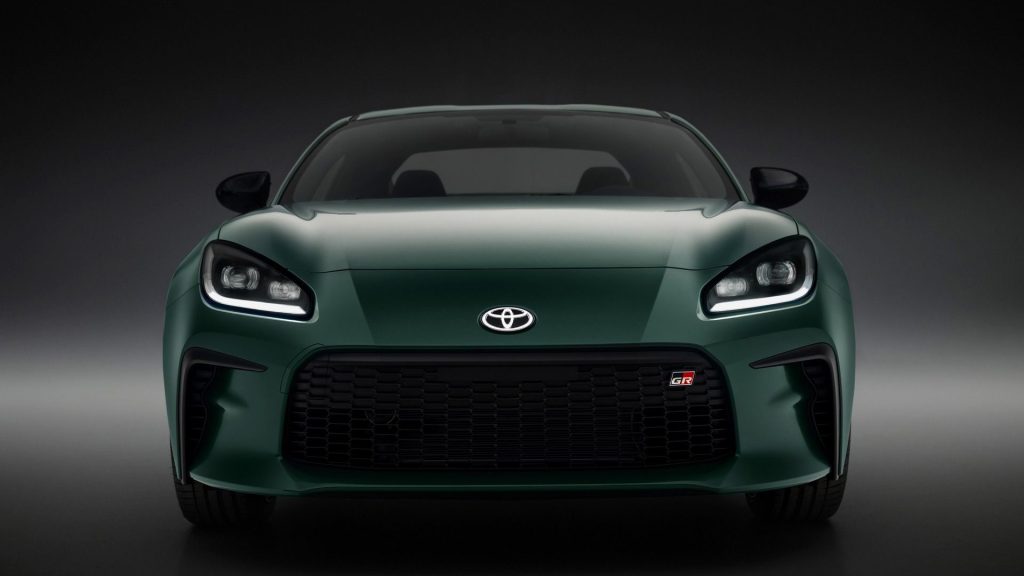
Standard features include an 8-inch touch screen with smartphone compatibility, along with a digital instrument cluster for the driver. The physical climate control knobs are large and easy to use, allowing you to adjust settings without taking your eyes off the road.
Additionally, the GR86 comes with a comprehensive list of standard driver-assistance features, such as adaptive cruise control and pedestrian detection.
2025 Hyundai Ioniq 5
The 2025 Hyundai Ioniq 5, priced at $42,600 with a U.S. News Overall Score of 9.1/10, boasts a refreshed, futuristic design both inside and out.
The interior features a minimalist layout, highlighted by a 12.3-inch touch screen and, new for this year, standard wireless smartphone connectivity. It also includes five USB ports, and the cabin is designed with spacious seats and sustainable materials, reflecting the brand’s commitment to eco-friendly choices.
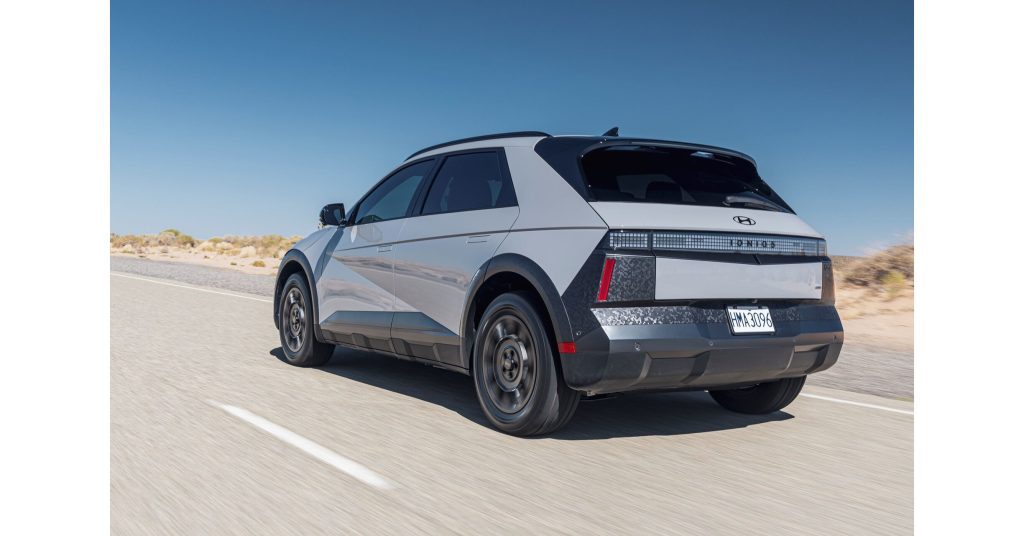
This year, the Ioniq 5 offers an improved driving range, with the Standard Range model achieving 245 miles and the Long Range model reaching up to 318 miles. A new Tesla-style charging port has been added, allowing you to charge this electric SUV at a SuperCharger.
In terms of safety, the Ioniq 5 is equipped with a comprehensive set of standard features, including lane-centering assist, adaptive cruise control, and traffic-sign recognition.
Also Read: Top 12 High-Speed Diesel Cars of 2025 That Never Disappoint
Here are some examples of cars that are generally not ideal for daily driving:
Ferrari LaFerrari
A hypercar designed for speed and performance, but its low ground clearance, stiff suspension, and high maintenance costs make it impractical for daily use.
You might assume that nearly a thousand horsepower would make the LaFerrari almost impossible to drive on the road, but that’s not the case. The V12 engine is tuned for high-revving power, with the electric motor filling in the torque gap (since the V12 engine doesn’t perform its best until it exceeds 5,000rpm).
This setup results in immediate throttle response, sharp handling, and the most seamless hybrid driving experience you’ll find.

When it comes to on-road performance, if you can overlook its limited-edition status and the million-pound price tag, it’s actually no more difficult to drive than a 458.
The ride is smooth, visibility is great, and the 7-speed F1 transmission works flawlessly. However, find a decent stretch of empty road, and the LaFerrari’s acceleration can bend the very fabric of spacetime.
Its handling is superb, too—delicate when needed, but with the force of a Space Shuttle when you want it. Ultimately, it’s not just a hybrid—it’s a V12 megacar with an electric boost of nitrous.
Bugatti Chiron
A hypercar with extreme performance and speed, but its heavy price tag, poor fuel economy, and difficulty in maneuvering in everyday traffic make it more of a weekend toy than a daily commuter.
All Chiron models are powered by an 8.0-liter 16-cylinder engine. This powerful engine features four turbochargers, producing an impressive 1,500 horsepower and 1,180 pound-feet of torque. According to Bugatti, the Chiron can accelerate from zero to 60 mph in just 2.3 seconds, with a top speed of 261 mph.
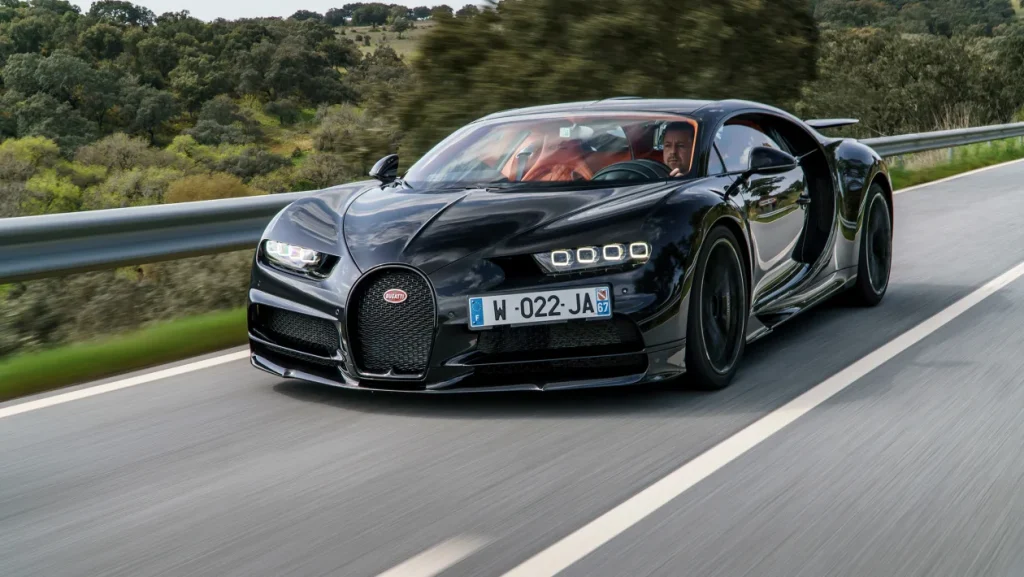
For those who crave even more performance, the Chiron Super Sport offers a slightly upgraded version of the standard engine, pushing output to 1,578 horsepower. At our test track, the Super Sport reached 60 mph in just 2.2 seconds and astonishingly hit 200 mph in under 15 seconds.
A model with specifications nearly identical to the Chiron Super Sport, driven by factory test driver Andy Wallace, set a record-breaking test-track speed of 304.773 mph. In every model of the Chiron lineup, power is delivered to all four wheels via a seven-speed dual-clutch automatic transmission.
McLaren P1
A supercar that offers incredible performance but lacks comfort, with limited cargo space and poor fuel efficiency, making it impractical for daily commuting.
My experience with the P1, McLaren’s successor to the legendary F1 supercar, consists of four laps around the Dunsfold Aerodrome in Surrey, England. This location, a series of airport runways and taxiways, is better known as the track used by the British Top Gear television show.
With only four laps to avoid making a costly mistake, I felt the pressure. A second P1 was also on the track, being driven by another Dunsfold novice. And just to add a challenge, the course was set up as a figure-eight. No pressure, right?
Testing reveals that the P1 can accelerate to 60 mph in just 2.7 seconds and continue to gain speed until it reaches its electronically limited top speed of 217 mph. While these numbers are certainly impressive, they’re not entirely groundbreaking in the supercar world.
For example, a Porsche 911 Turbo S can reach 60 mph in 2.6 seconds, and McLaren’s own F1 managed a top speed about 20 mph higher back in the ’90s.

What truly sets the P1 apart, with only 375 units being produced, is how it harmonizes a 727-hp twin-turbo V-8, a 177-hp electric motor powered by a lithium-ion battery pack, and a host of power electronics into a smooth, cohesive system that delivers a uniquely extreme and seamless driving experience.
However, don’t mistake this for a lack of excitement. The car is pure drama. As you lift off the throttle while entering a corner, the turbo boost releases with a surprising “woof!” You can hear the air howling as it’s drawn into the roof snorkel, on its way to the eight combustion chambers.
The engine growls with a deep, thunderous rumble, which, even at idle, is extraordinarily loud for a street car. Pebbles kicked up from the surface ping sharply when they hit the carbon-fiber wheel wells and underside, sounding like rifle shots.
Even when left in automatic mode, the seven-speed dual-clutch automatic transmission shifts with precise firmness, engaging a couple of milliseconds before you even think about shifting.
Dodge Challenger SRT Hellcat
While fun for occasional blasts down the road, its fuel economy is poor, and it has a rough ride, making it less suitable for everyday driving, especially in traffic-heavy cities.
The car in the excerpt is the Dodge Challenger SRT Hellcat. It is classified as a midsize car with a rear-wheel drive drivetrain. Under the hood, it houses a 6.2-liter, 376 cubic inch, intercooled supercharged V8 engine that runs on premium unleaded fuel.
The engine utilizes a sequential multi-point fuel injection (MPI) system and produces a maximum horsepower of 717 at 6,000 RPM, along with a maximum torque of 656 lb-ft at 4,800 RPM. The cooling system capacity is not specified.
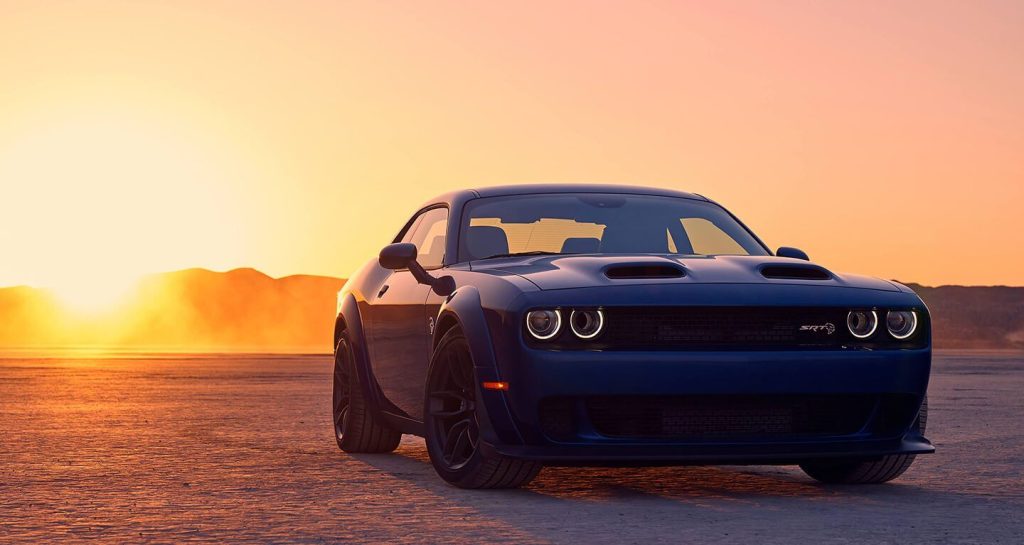
The SRT Hellcat is equipped with a 6-speed manual transmission with overdrive, designated by the order code DEC.
The gear ratios for the transmission are as follows: first gear, 2.26:1; second gear, 1.58:1; third gear, 1.19:1; fourth gear, 1.00:1; fifth gear, 0.77:1; sixth gear, 0.63:1; and reverse, 2.90:1. The final drive axle ratio is 3.70:1, and the clutch size is unspecified.
In terms of fuel efficiency, the Challenger SRT Hellcat has an EPA rating of 16 mpg combined, with 13 mpg in the city and 21 mpg on the highway. It offers a range of 240.5 miles in the city and 388.5 miles on the highway.
The car produces 11.1 tons of CO2 emissions annually based on 15,000 miles of driving. The fuel tank has a capacity of 18.5 gallons, with no auxiliary fuel tank capacity specified. The EPA greenhouse gas score for the vehicle is not available.
Chevrolet Corvette
This sports car offers impressive speed and performance, but the stiff suspension, limited cargo space, and two-seat configuration make it less comfortable and practical for daily use.
The C8-generation Chevrolet Corvette represents the most innovative iteration of the American sports car, marking several significant milestones.
Not only did it make the leap from a front-engine to a mid-engine layout, but it also became the first version of Chevrolet’s performance flagship to be offered as a hybrid, now available with all-wheel drive.
The extreme Z06 model is powered by a flat-plane crank V-8 engine, making it a fierce competitor against the Porsche 911 and challenging Italian supercars like the Ferrari 296 GTB and Lamborghini Huracan. The lineup is further elevated by the new ZR1, which boasts an impressive 1,000+ horsepower.
The 2025 Corvette lineup brings notable updates, including the introduction of the extremely powerful ZR1 variant, new paint options such as Competition Yellow Tintcoat and Hysteria Purple Metallic, and a Habanero interior color.
New options like blue stitching for black interiors and Velocity Yellow as a caliper color are also available, alongside a standard leather steering wheel airbag cover for the 1LT, 2LT, 1LZ, and 2LZ trims. The Z06 also benefits from new wheel choices.
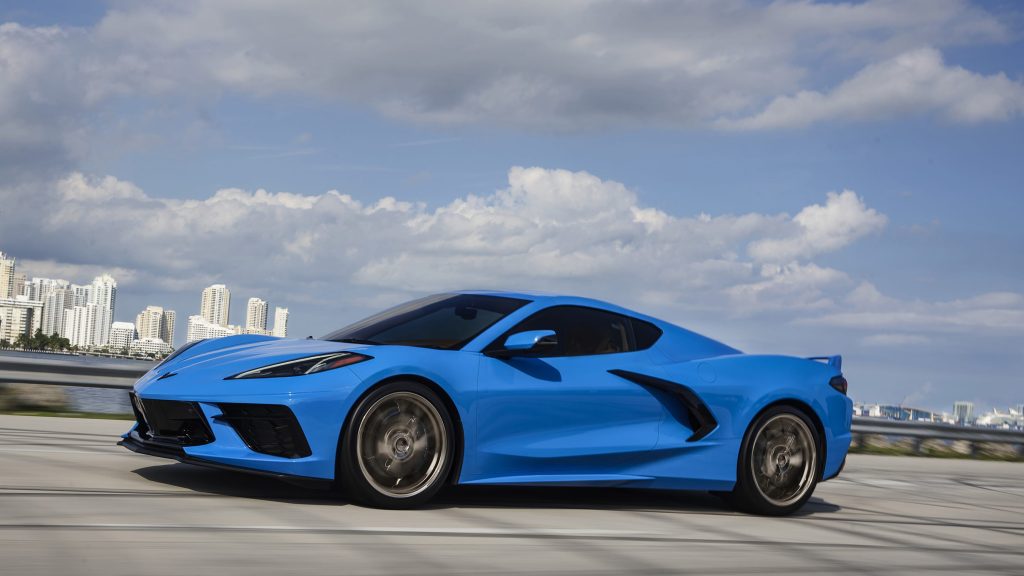
The C8 Corvette has earned an impressive reputation, with the entry-level Corvette Stingray winning the 2020 Car of the Year award.
Its exceptional performance, refinement, and outstanding value made it clear that few rivals could challenge it as a daily-driven supercar. After a year of driving the long-term Corvette Z51, we reaffirmed that it’s all the car one would need.
The Corvette Z06, named 2023 Performance Vehicle of the Year, stunned us with its record-breaking test results and the exotic sound of its flat-plane crank V-8 engine. The Z06 Convertible also earned finalist status in the 2023 Car of the Year evaluations, impressing with its ability to combine drama and comfort.
The story of the C8 Corvette continues with the Corvette E-Ray, a hybrid model with all-wheel drive, which has been met with overwhelming positivity. We described the E-Ray as “a discount Z06 with better fuel economy,” highlighting its rapid acceleration and sublime handling.
While testing various Corvette models, we’ve encountered a few drawbacks. Some people didn’t appreciate the bold, Hot-Wheels-esque styling, and others weren’t fans of the squircle-shaped steering wheel. During testing in the desert, items stored in the frunk would get uncomfortably hot.
Despite these minor issues, they were easy to overlook, and no matter how the Corvette was equipped, it consistently demonstrated its legitimacy as a world-class supercar. After a thrilling ride in the ZR1, we are excited to experience the most powerful Corvette ever made.
Every 2025 Corvette comes with an eight-speed dual-clutch automatic transmission. Gasoline-only models are rear-wheel drive, while the hybrid E-Ray features all-wheel drive, driven by a motor that powers the front wheels—a first for the Corvette.

